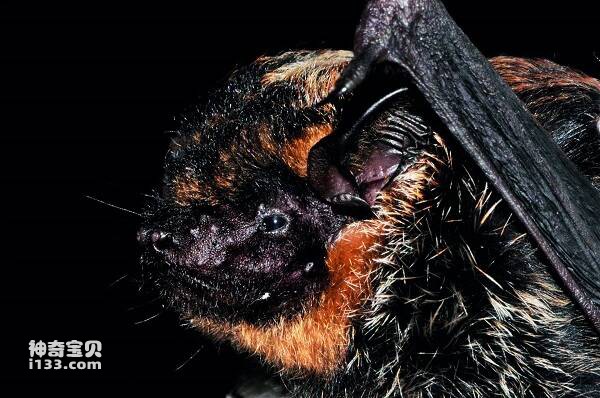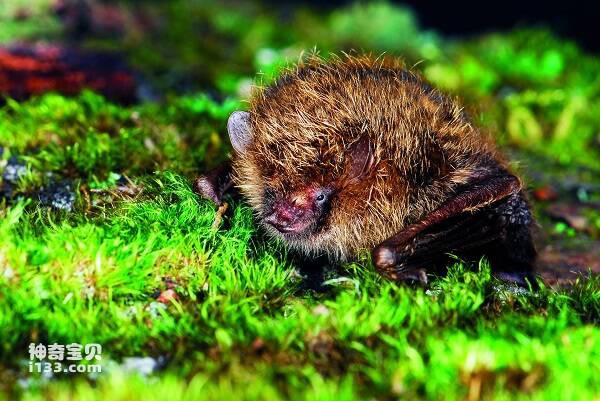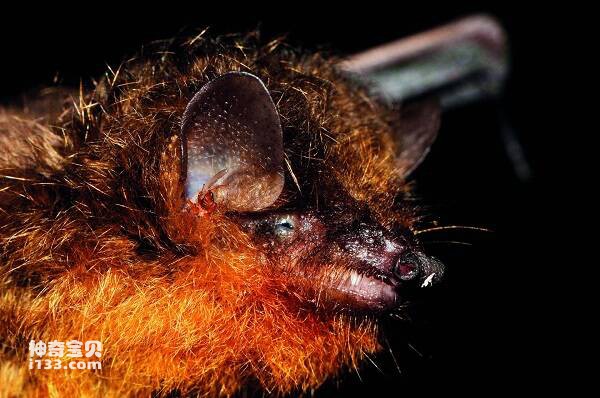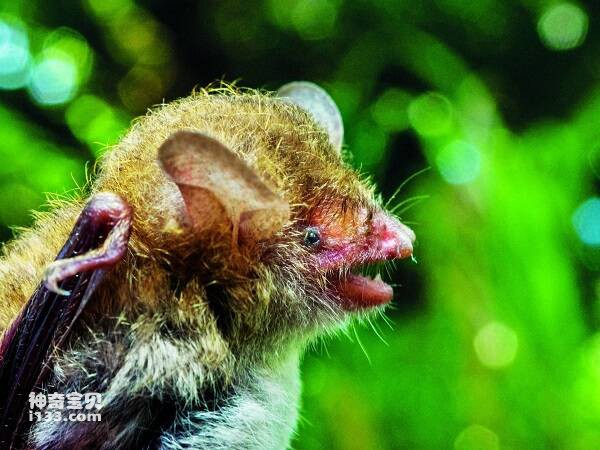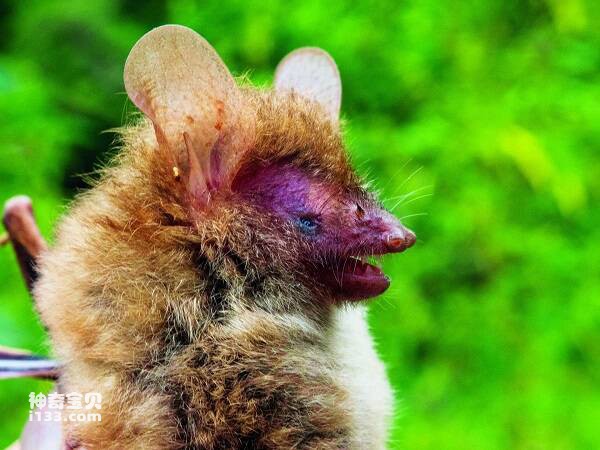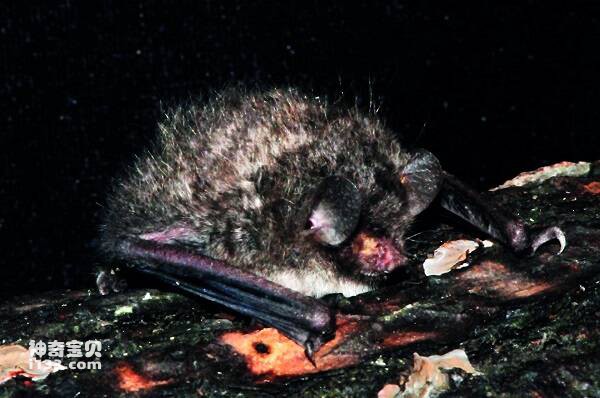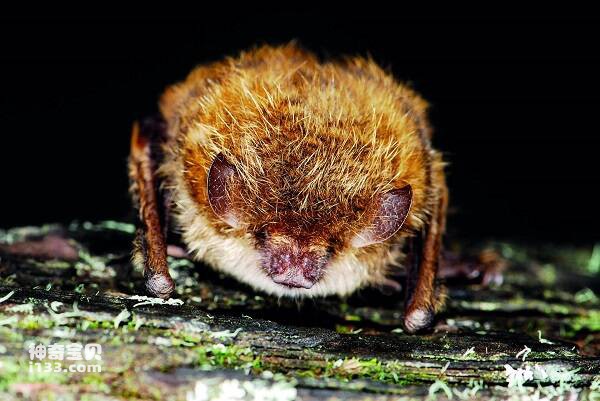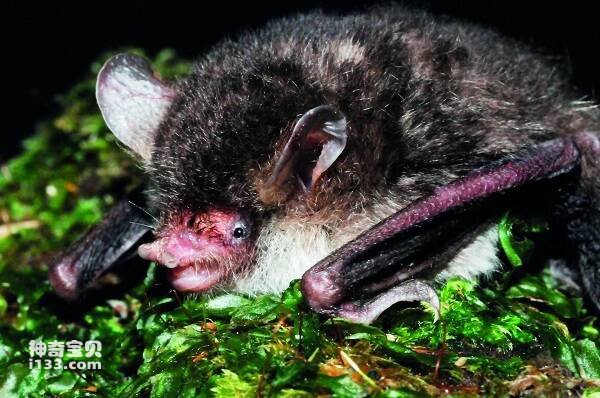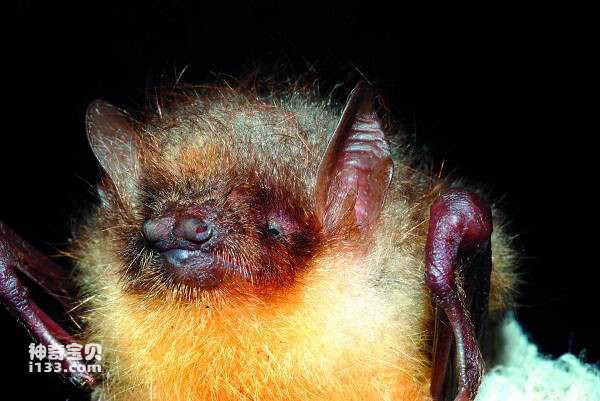Thainycteris aureocollaris
IUCN
LCBasic Information
Scientific classification
- name:Thainycteris aureocollaris
- Scientific Name:Thainycteris aureocollaris
- Outline:Chiroptera
- Family:Chiroptera batidae Pipistrella
Vital signs
- length:
- Weight:
- lifetime:
Feature
There is a distinct ochre collar from the base of the ear to the throat.
Distribution and Habitat
It was first reported in China from Libo, Guizhou (Guo et al., 2017), and recently rediscovered in Wuyi Mountain, Fujian. It is distributed abroad in Laos, Thailand and Vietnam.
Appearance
Large body, forearm length 47-52mm; The hind foot is 9-12mm long, about half the length of the tibia. The dorsal hair is lighter than the ventral hair, the base is black, and the tip is ochre yellow, but the tip of the ventral hair is slightly white. There is a distinct ochre collar from the base of the ear to the throat. The snout is short and wide, with sparse hair. The sagittal ridge is weak, but the supraorbital ridge is more developed. The lacrimal gland process is larger. The anterior and posterior tips of the maxillary 1st and 2nd premolars are prominent. The mandibular premolars are well developed with distinct cusps and are located on the main axis of the dentition.
Details
Ringnecked bats are large, with forearms 47-52mm long; The hind foot is 9-12mm long, about half the length of the tibia. The dorsal hair is lighter than the ventral hair, the base is black, and the tip is ochre yellow, but the tip of the ventral hair is slightly white. There is a distinct ochre collar from the base of the ear to the throat. The snout is short and wide, with sparse hair. The sagittal ridge is weak, but the supraorbital ridge is more developed. The lacrimal gland process is larger. The anterior and posterior tips of the maxillary 1st and 2nd premolars are prominent. The mandibular premolars are well developed with distinct cusps and are located on the main axis of the dentition.
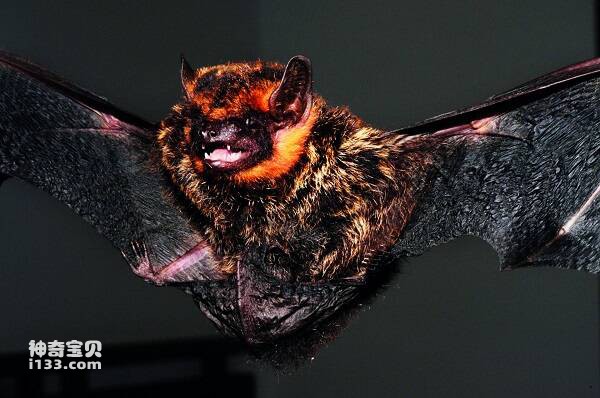
This species, Kock and Storch (1996), was collected and published as a new species in remote forests in India and Malaysia. Guo et al. (2017) published new recorded species in China based on Guizhou specimens. The number is very small, the ecological information is very scarce, and the known habitat is forest.
